
One of the toughest challenges with the New Faculty Profiles portrait series is finding a way to visually represent the faculty member’s research into the portrait. This was just the challenge I faced when photographing Professor Neil Gong, an Assistant Professor of Electrical and Computer Engineering, who is an expert in cybersecurity and data privacy technologies.
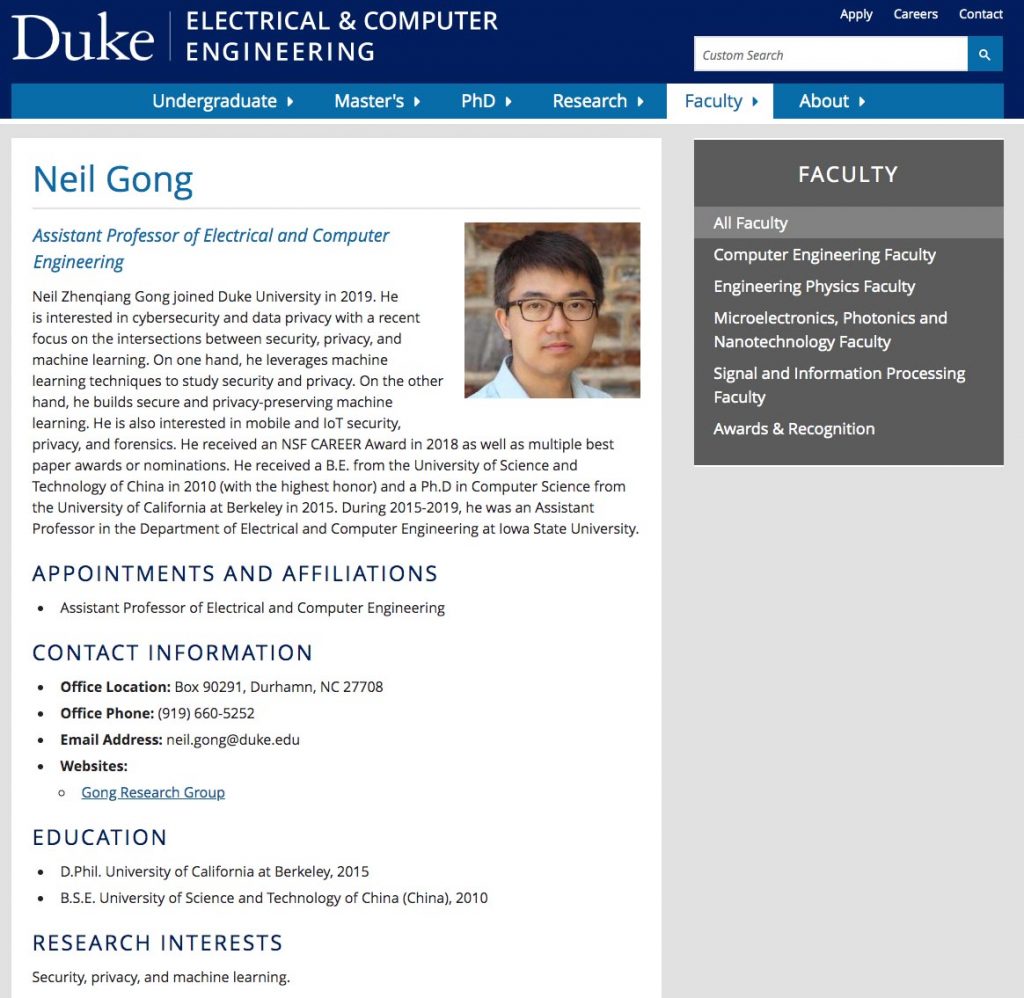
A screenshot of Professor Gong’s website. I always try to find out as much as possible about a faculty member’s area of study so that I can suggest portrait locations and backgrounds that relate to their work.
In the past, I’ve solved this problem by finding a visually interesting image from the faculty member’s research papers to use a backdrop for their portrait. However, Professor Gong didn’t have an image that would work. So, I decided to look through his website and research papers to see if I could find or create a background image from charts and diagrams included in his papers.
I am by no means a coding expert, but I know that some computer languages resemble patterns that I find visually interesting. So, when I saw a link to source code documents that he used for one of his research projects, I downloaded it, hoping to find something that could work as a backdrop image.
-
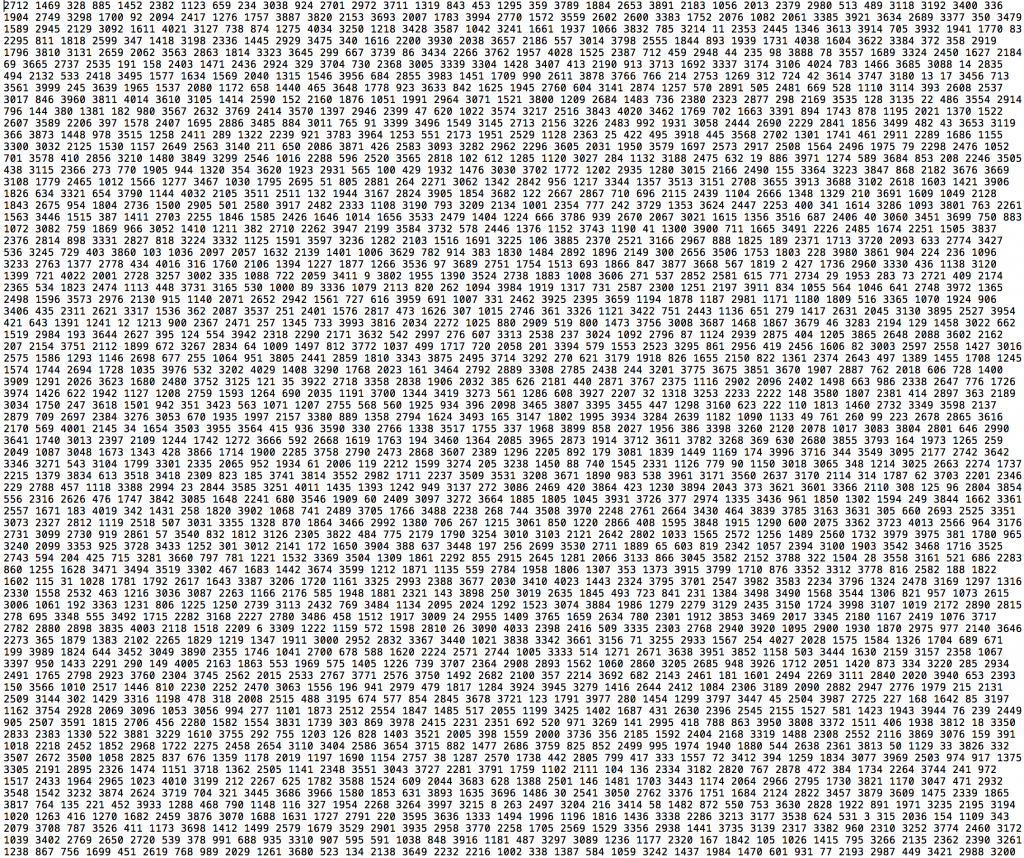
Screenshot of the original text file.
-
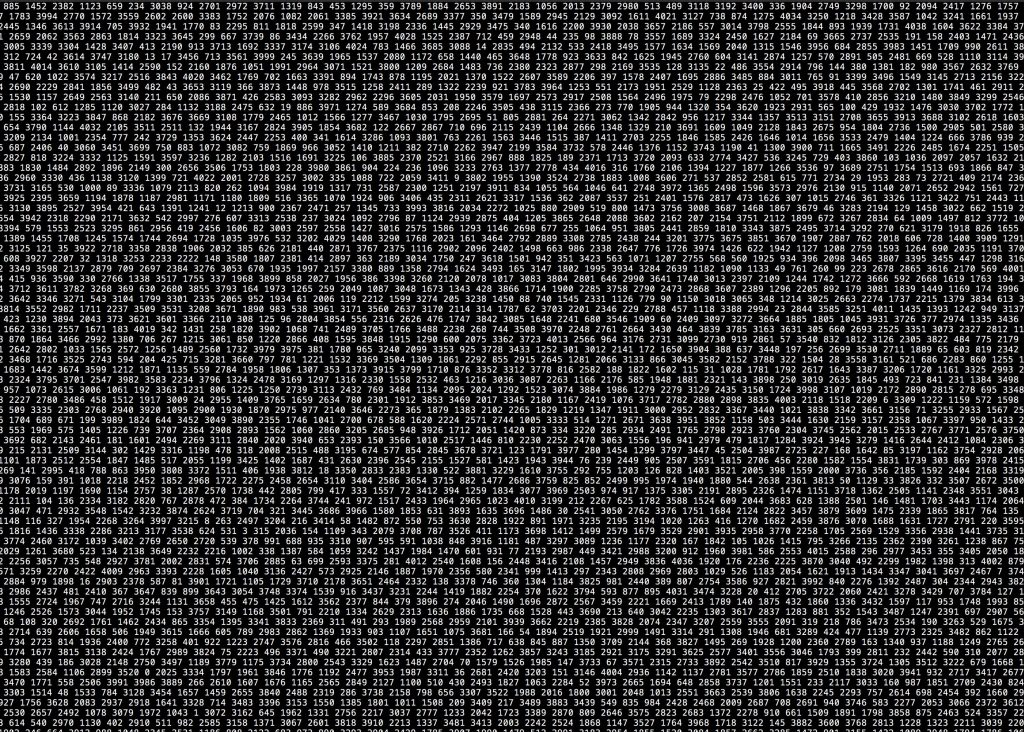
I inverted the image of the text file because I wanted the numbers to be clearly read when I projected the image.
-

Next, I applied a blue spotlight effect to the text in order to add drama and visual interest.
-
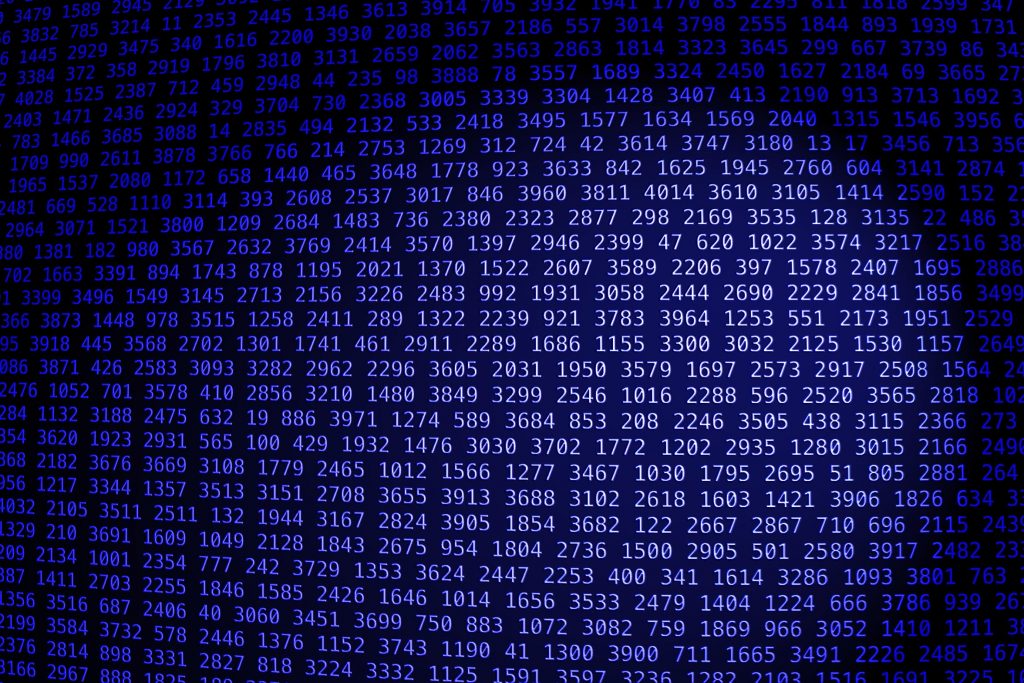
For the portrait session, I added a warp filter and cropped the image. These adjustments produced a cleared background image.
I ended up finding a text document with columns of four-digit numbers. I have NO idea what the numbers represent or how they are used, but they formed an interesting pattern. After adding a few adjustments to the original document, I had a dynamic background image that referenced Professor Gong’s field of study.

A test shot with the final version of the text image projected onto a background and subject. (Ignore the UNC symbol on the subject’s shirt. Good test subjects are hard to find and sometimes you have to work with what is available. )
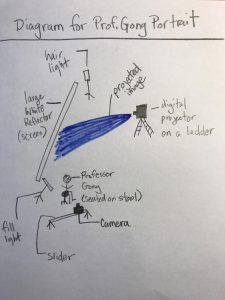
A hand-drawn lighting diagram for Professor Gong’s portrait.
After got the background image working, I to add a fill light and a hair light. I opted to use video lights so that I could easily switch between stills and video.
I ended up using a slider to create the video clip because I really wanted the numbers to have the appearance of moving. After an hour of practice pulls with the slider, I was ready for Professor Gong’s portrait session.
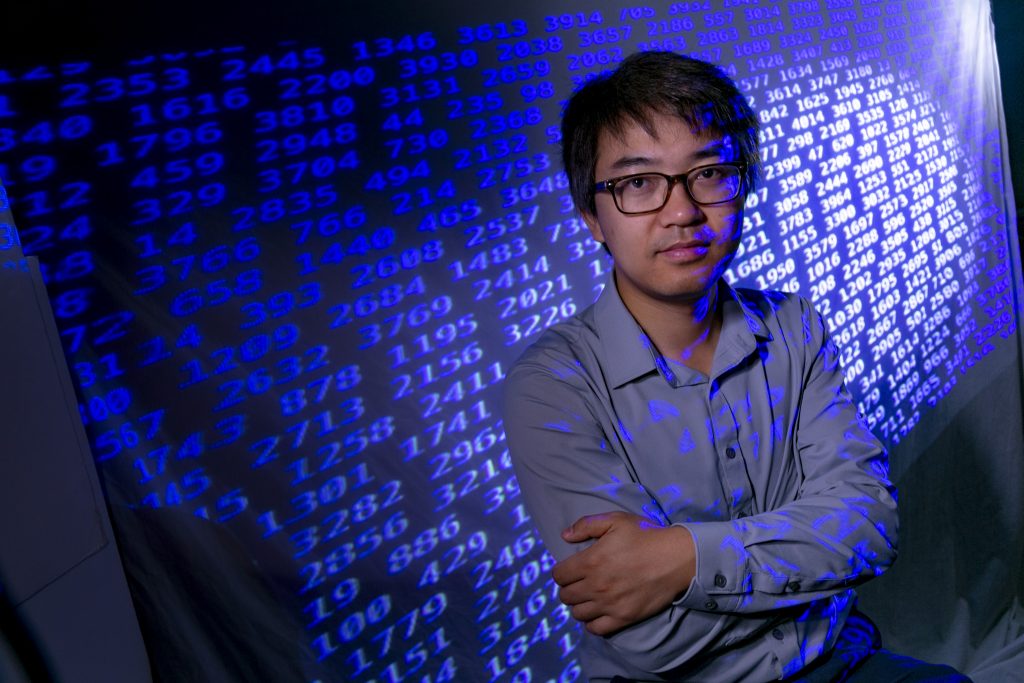
For the portrait session, I used an LED video light as a fill light on Professor Gong’s face and a second LED light as a hair light to provide separation between Professor Gong and the background image.

Leave a Reply
You must be logged in to post a comment.